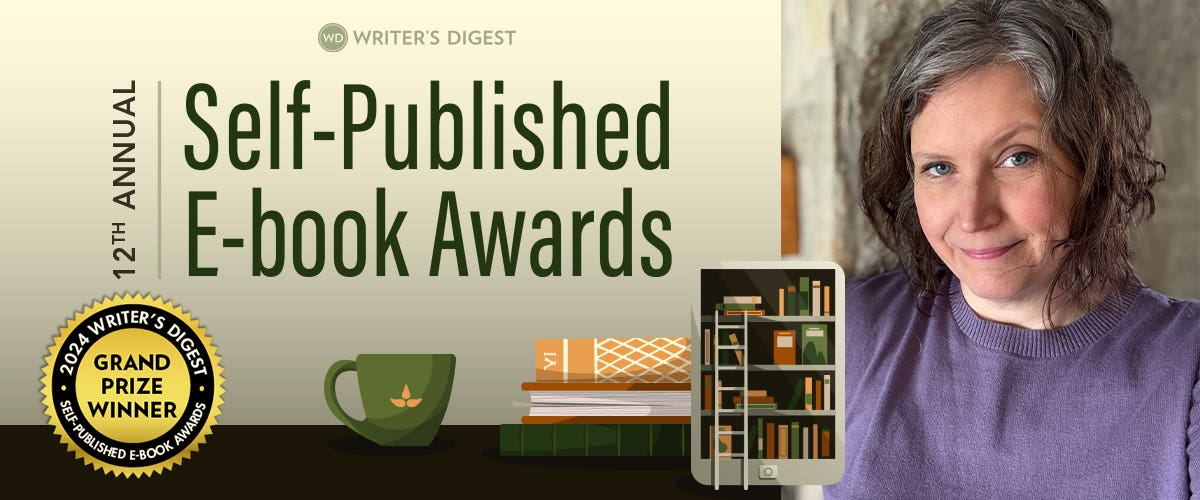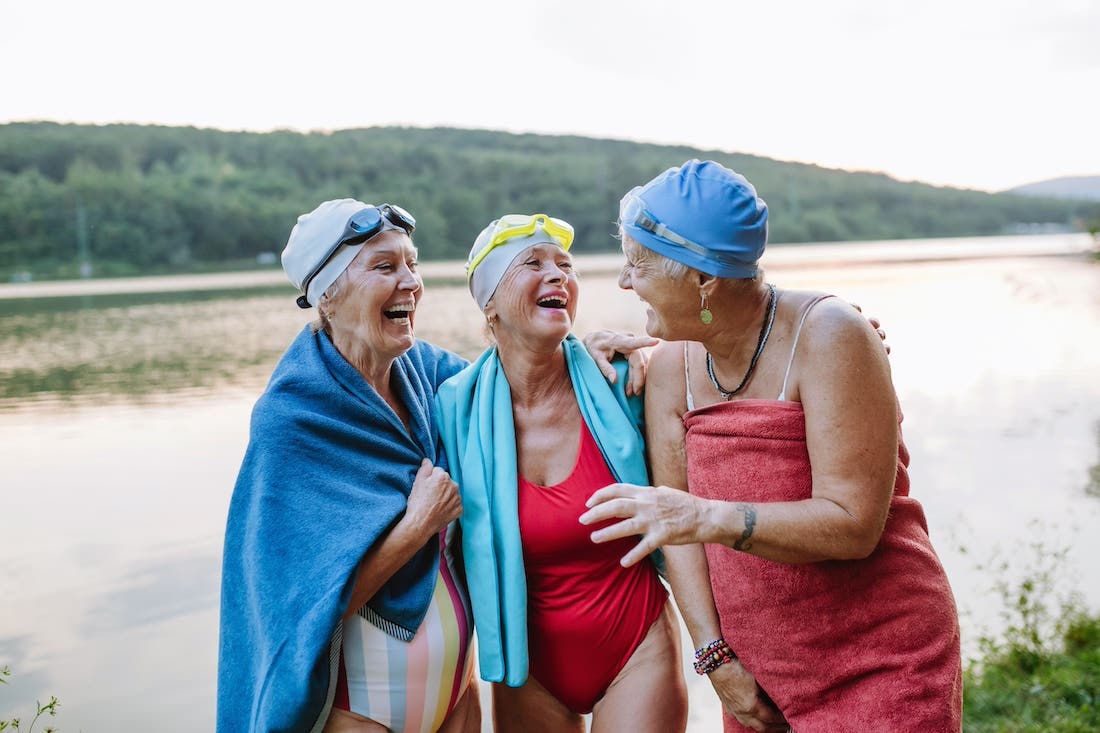Print or Online Article First Place Winner: “The Other Side”
Congratulations to Elaine Howley, first place winner in the Print or Online Article category of the 89th Annual Writer’s Digest Writing Competition. Here’s her winning article, “The Other Side”
Congratulations to Elaine Howley, first place winner in the Print or Online Article category of the 89th Annual Writer's Digest Writing Competition. Here's her winning article, "The Other Side"
The Other Side
In the earliest minutes of 16 September 2019, Sarah Thomas, a 37-year-old healthcare recruiter from Conifer, Colorado, couldn’t see what lay ahead of her. Nevertheless, she knew she was close to an important juncture in her attempt at swimming the English Channel four times nonstop. Some 24 hours earlier, she had left the beach at Samphire Hoe and swum to Cap Gris Nez in France, and now she was nearly back to Samphire Hoe, a nature reserve created from chalk marl dredged up during the construction of the Channel Tunnel. She could all but feel the uncomfortable rocks beneath her feet as she anticipated walking out of the sea and onto the shingle beach at the base of Dover’s White Cliffs.
But there was a slight problem. Good weather had attracted a half dozen other aspiring Channel swimmers and their pilots to Samphire Hoe’s beach to launch their own cross-Channel swims. They bobbed and jostled in the dark, as one-by-one the swimmers waded into the water and began swimming. There simply wasn’t enough room to maneuver around those other vessels and safely land Thomas on the beach. So Thomas’ pilot, Eddie Spelling aboard Anastasia, wisely guided her a few hundred yards to the northwest—smack into the center of a massive concrete seawall. There would be no beach landing for Thomas this time.
As the turn approached, I clambered into the inflatable rescue boat towed behind the main support boat with one of the boat crew, and we motored up alongside Thomas to help guide her into the turn. When she was just 100 meters from the wall, I slipped over the edge and into the cool, black water. I’d donned large flippers to help me keep up with Thomas’ speedy stroke and carried a drawstring backpack full of lanolin, snacks, and a bottle full of warm water.
As her “safety swimmer,” I freestyled alongside and slightly behind Thomas. A few meters shy of the wall, she picked her head up and cried out for the beach. The bearer of bad news, I explained that the landing would be here, at Samphire Hoe’s massive concrete seawall, rather than at the shingle beach not far to the left.
Thomas stuttered a second as the realization sunk in—just as with the first turn in France, she wouldn’t be clearing the water at this second turn. “I’m devastated,” she said. The anguish in her voice about broke my heart and all I wanted to do was to hug her and tell her it was going to be OK. But if she was going to continue on in her quest to swim the English Channel an unprecedented four times consecutively, I couldn’t so much as pat her hand. She sighed heavily as she treaded water and gulped down some baby food. She promptly vomited again, as she had been doing for many hours since leaving France, and said “I’m really not sure I have this in me.”
Without hesitation I replied, “yes, you do,” and I meant it. I knew how hard she’d worked to be ready for this moment. I also knew that nighttime is difficult during any swim, especially when you’re knee-deep into your second night at sea. “Just hang in there until sunrise,” I pleaded. “Everything will look better in the sunlight.” Weary and frustrated, she understood. She handed me the water bottle and reluctantly began swimming again.
Once I was back on the boat, we adjusted her feeds to remove the apple juice she thought was making her vomit and brainstormed how to get more calories into her to replace what she’d lost. Before long, she’d settled back into her practiced rhythm, and stroke by stroke, she pulled herself toward sunrise. By the time the sun was fully up, she felt and swam like a different person.








